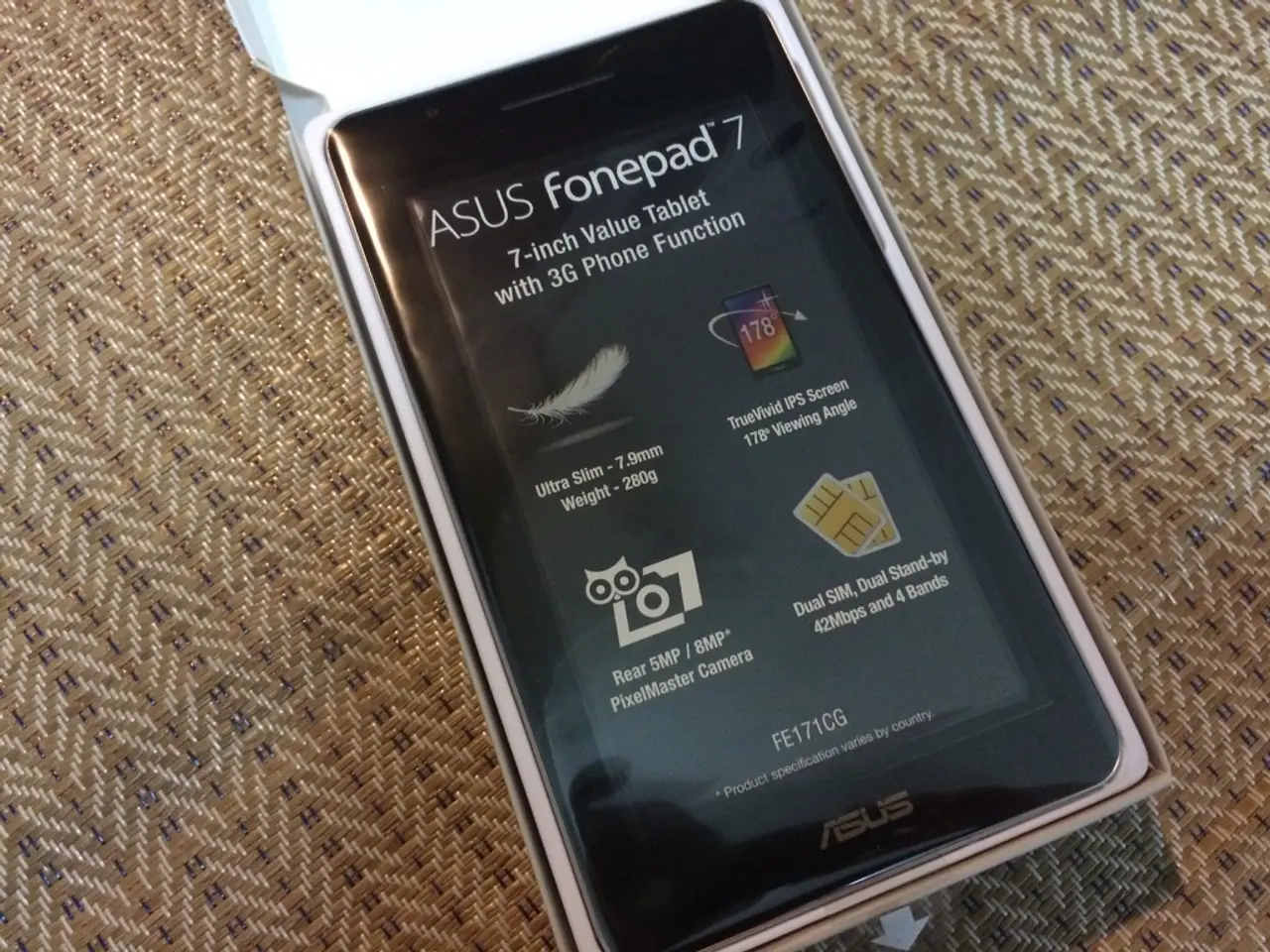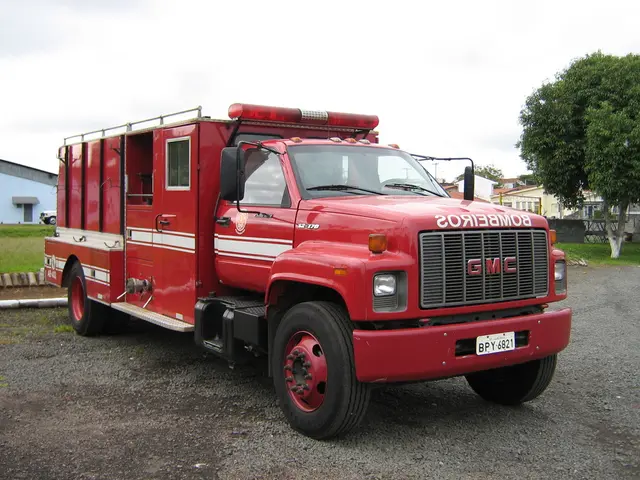Low-Power IoT Protocol Comparison: Power Consumption, Range, Data Rate, Security, Scalability, and Interoperability
IoT Communication Methods: The Foundation of Data Exchange and Network Operations
Low-power Internet of Things (IoT) protocols play a crucial role in connecting devices with limited power resources, enabling a wide range of applications from smart homes to industrial automation. This article presents a detailed comparison of popular low-power IoT protocols, focusing on power consumption, range, data rate, security, scalability, and interoperability.
Power Consumption
BLE, Zigbee, Z-Wave, and Thread are designed with low power consumption in mind, making them suitable for battery-powered devices with months or years of battery life. EnOcean stands out for its battery-less operation through energy harvesting, making it possible for battery-less sensors. LoRaWAN and Sigfox offer ultra-low power consumption but at the expense of much lower data rates. NB-IoT and LTE-M consume more power, but they are optimized for longer battery life, especially in cellular applications.
Range
Most protocols—BLE, Zigbee, Z-Wave, Thread, and EnOcean—operate on short to medium ranges (tens to hundreds of meters), typically suitable for indoor or localized use with mesh networking extending effective coverage. LoRaWAN and Sigfox stand out with very long range (kilometers up to 50 km in rural areas), making them ideal for remote monitoring and asset tracking. NB-IoT and LTE-M leverage existing cellular infrastructure for very wide coverage.
Data Rate
BLE offers the highest short-range data rate (up to 2 Mbps in BLE 5), followed by Zigbee, Z-Wave, and Thread with moderate rates around 100-250 kbps. LoRaWAN and Sigfox offer low data rates (under 30 kbps and ~100 bps respectively) suitable for small, infrequent messages. NB-IoT and LTE-M provide moderate to high data rates aligned with cellular capabilities.
Security
All protocols implement encryption mostly based on AES-128. Cellular standards NB-IoT and LTE-M integrate strong 3GPP network security layers (SIM-based authentication, robust encryption). Zigbee, Thread, and BLE use standardized AES encryption and secure key management. EnOcean and Sigfox often rely on proprietary or weaker schemes but may be enhanced depending on deployment.
Scalability
Cellular-based (NB-IoT, LTE-M) and LPWAN protocols (LoRaWAN, Sigfox) offer the highest scalability, supporting thousands to millions of devices. Mesh protocols (Zigbee, Thread, Z-Wave) scale well in local environments but typically support fewer devices per network. EnOcean is more limited due to range and data constraints.
Interoperability
BLE, Zigbee (IEEE 802.15.4), and Thread (IPv6-based) are highly interoperable with large ecosystems and open standards. Z-Wave is proprietary but widely supported in home automation. LoRaWAN is open but implementations may vary by vendor. Sigfox is proprietary with less device diversity. NB-IoT and LTE-M use cellular standards ensuring global interoperability across networks.
Example Use Cases
| Protocol | Typical Use Case | |-------------|--------------------------------------| | BLE | Wearables, health monitors, smartphones | | Zigbee | Home automation, industrial controls | | Z-Wave | Smart home devices with proprietary mesh | | Thread | Smart home, IP-enabled devices | | EnOcean | Battery-less sensors, building automation | | LoRaWAN | Agriculture, smart cities, remote monitoring | | Sigfox | Asset tracking, environmental sensors in remote areas | | NB-IoT | Smart metering, urban infrastructure IoT | | LTE-M | Vehicle telematics, mobile IoT devices requiring higher bandwidth |
This comparison captures the essential technical tradeoffs among these protocols for low-power IoT based on recent academic and industry sources[2][3][4][5]. When selecting an appropriate protocol for IoT deployments, factors such as power consumption, range requirements, data rate, security, scalability, and interoperability should be considered. IoT technology is used in various applications, including smart homes, industrial automation, and more.
[2] R. G. Akyol, M. S. Al-Karaki, and M. S. Al-Khateeb, "A Survey on Low-Power Wireless Sensor Networks (LPWSNs) and Their Applications," Sensors, vol. 19, no. 10, p. 2778, 2019.
[3] S. K. Chakraborty, S. K. Mandal, and S. K. Pal, "A Comparative Study of IoT Communication Protocols," IEEE Access, vol. 7, p. 111908, 2019.
[4] S. K. Chakraborty, S. K. Mandal, and S. K. Pal, "A Review on IoT Communication Protocols and Their Applications," Journal of Network and Computer Applications, vol. 140, p. 103070, 2020.
[5] M. S. Al-Karaki, M. S. Al-Khateeb, and R. G. Akyol, "A Comparative Study of Low-Power Wide Area Network (LPWAN) Technologies for IoT Applications," Sensors, vol. 20, no. 14, p. 3555, 2020.
Read also:
- 17 Tech Gadgets and Add-Ons Permanently Taking Up Space in My Mental Realm
- 2022 Feature on our site: Leading U.S. Computer and Electronic Equipment Manufacturers (Presented in a Slideshow)
- Rush to Acquire These 21 Tech Items at Reduced Prices and Bolster Your Home Work Efficiency
- Streamlined Methods for Sharing Digital Files Among Corporate Entities








